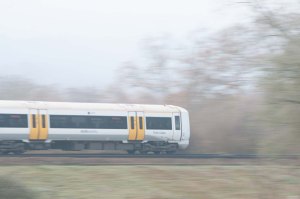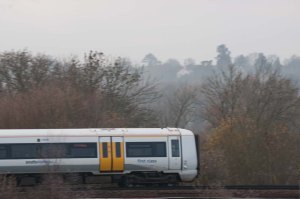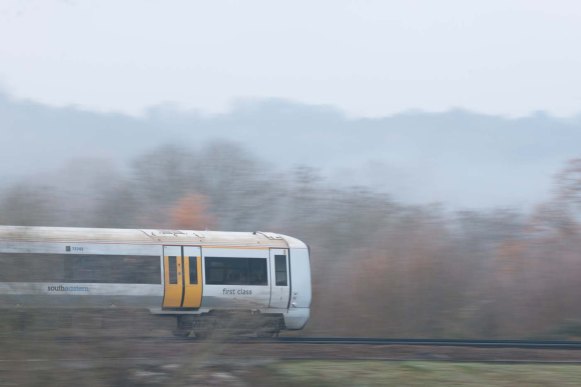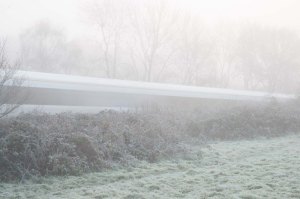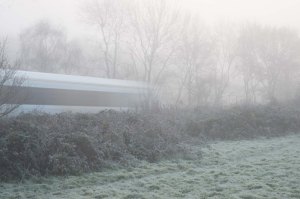Having settled on shooting a train for the shutter speed exercise, I also considered it a suitable subject for this one but chose a different vantage point which I thought was more suited to panning shots as it had a reasonable length visible track.
Taken at 1/8 sec at f18
Taken at 1/13 sec at f14
Taken at 1/15 sec at f29
Taken at 1/25 sec at f22
Taken at 1/40 sec at f18
Taken at 1/60 sec at f11
Taken at 1/125 sec at f10
Taken at 1/160 sec at f6.3
Taken at 1/200 sec at f8
Taken at 1/400 sec at f5
As in the shutter speed exercise there is a speed of shutter after which the technique of panning becomes ineffective because the speed of the shutter precludes any movement of the background in relation to the subject. In the above shots I would say that this occurs at shutter speeds in excess of 1/200 of a second.
Of the shots in this exercise, and the previous one, my preference is for these two:-
I like the fact that you can see the detail of the train, particularly the lettering, and that it is evident that the train is moving at speed.
From the earlier shutter speed exercise I preferred the shot taken at 1/10 as gives a nice blur both horizontally and vertically – with the carriage gap:-
I have previously used panning as a technique, primarily (as might be expected) with motorsports, but it is not one that I would normally use unless I have spotted it as a possible option:-

FIA European Rallycross Championship at Lydden Hill. Camera Sony DSLR-A900; Exposure 1/200 sec; Aperture f/18.0; Focal Length 200 mm and ISO Speed 200.

Panning on the Southbank. Camera Sony SLT-A77V; Exposure 1/30 sec; Aperture f/16.0; Focal Length 40 mm and ISO Speed 200.



